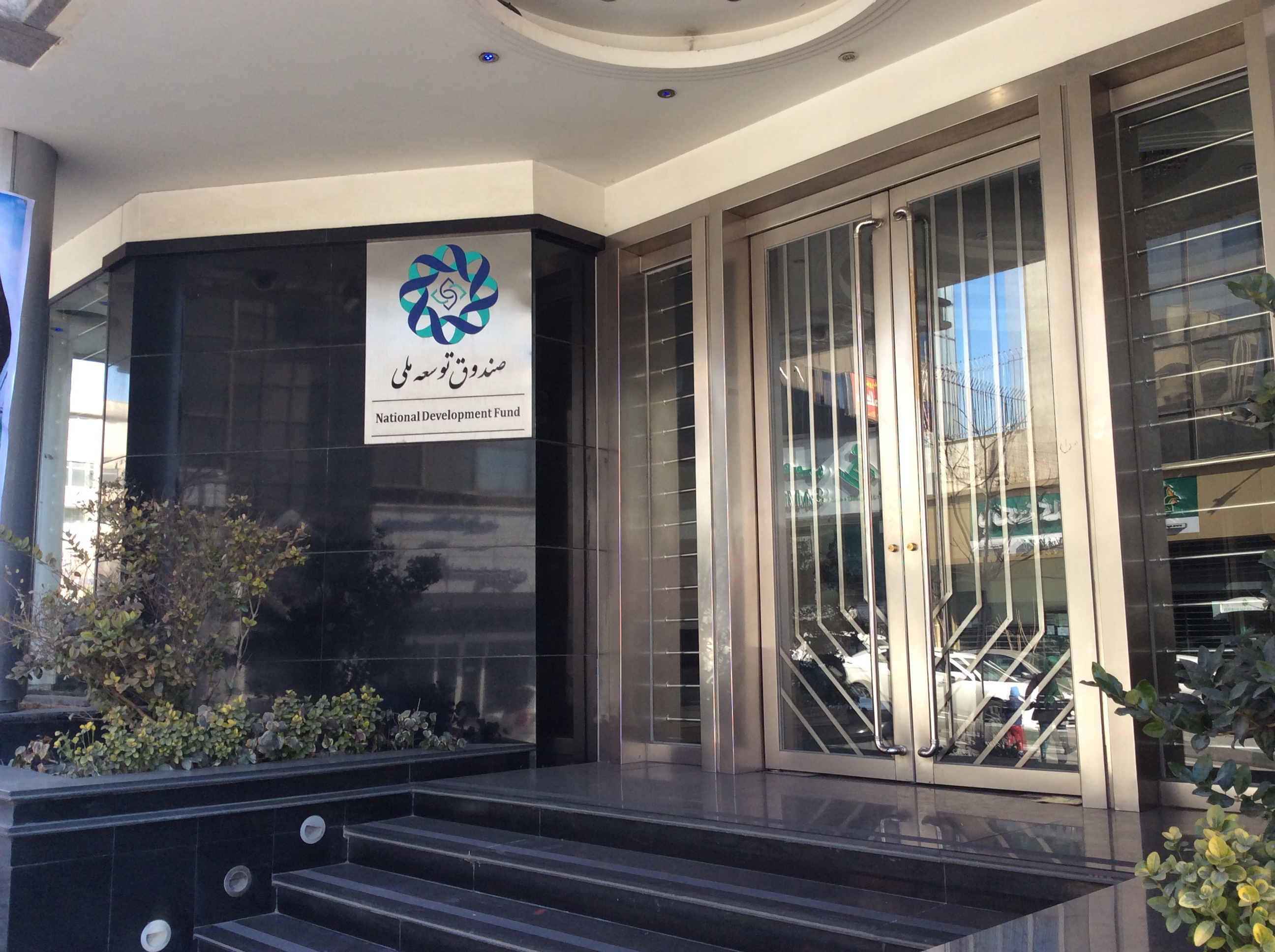Iran's sovereign wealth fund has allocated $36 billion in foreign exchange loans to bankroll the country’s national projects in the past six years ending Sept. 22.
According to NDFI’s figures–the second time it releases such data, since the organization was established in 2011 until last September, more than $34 billion worth of resources have been earmarked for these projects.
Out of all the approved loans, more than $11 billion have already been allocated to the approved projects. Most of the loans have been offered through the organization’s agent banks with the Central Bank of Iran overseeing the process.
As cited in the report, a total of $19.7 billion has been considered for private sector projects while quasi-government companies are to receive about $14.5 billion worth of loans to implement them.
The cooperatives sector has also managed to attract more than $100 million from NDFI’s resources in the past six years.
Energy Sector
The repor, released on NDFI's website,indicates that the energy sector and its affiliated industries accounted for more than $28 billion of NDFI’s allocated resources, which constitute 80.2% of the total.
Upstream oil and gas projects that explore and produce crude oil and natural gas have pocketed the lion’s share of NDFI’s credits. Oil and gas upstream industries have collected $16.77 billion of its resources, which equal 48% of the total. Up to this point, $5.9 billion of the earmarked resources have been paid.
The report also shows that while more than $2.8 billion have been earmarked for 10 approved petrochemical projects, so far only five of them have managed to finalize their credits at $1.2 billion–$188 million of which have been paid by September 2017.
NDFI also allocated $3.7 billion to build four refineries during the period. The refineries finalized their credits and received $1.1 billion by the end of the aforementioned period.
Two of those refineries belong to the private sector, accounting for $2.3 billion of the considered resources, while the other two belong to quasi-government companies awaiting $1.4 billion.
Power plant projects also accounted for a significant share of the sovereign wealth fund’s proffered resources. A sum of $4.3 billion has been allocated to 39 power plant projects during the six-year period. So far, $2.7 billion worth of funds have been earmarked for 24 projects, $1.4 billion of which have been disbursed.
Of the entire 39 power plant projects, 33 belonged to the private sector and attracted $3 billion worth of loans while quasi-governmental companies’ six projects will grab $1.3 billion of the funds.
From a total of 31 steel projects, for which $2.3 billion had been provisioned, 28 of them managed to finalize their funds worth $1.8 billion. However, 25 of the projects managed to receive $803 million of the promised credits.
The private sector is again responsible for the implementation of 75% of the projects.
The value of credits earmarked for other national projects in fields like cement and tile, downstream oil and gas industries and transportation reached $4.8 billion to support 211 projects. This is while 152 of these projects managed to pocket $1.45 billion worth of credit from NDFI’s resources.
Among agent banks used by NDFI to distribute its resources to eligible national projects, Bank Mellat has doled out the largest amount. The bank has allocated $9.9 billion up to September 2017, which accounts for 27.6% of all NDFI resources.
The Bank of Industry and Mine has been the frontrunner when it comes to the number of individual loans. The bank doled out funds to 179 projects that account for 70% of all projects that benefited from NDFI. The bank’s allocated credits also accounted for 25% of the total.
The goal of establishing NDFI was to save resources when the government earns abundant revenues, especially from oil and gas sales, to use them in line with plans and needs when revenues drop, especially at times of oil price crash.


